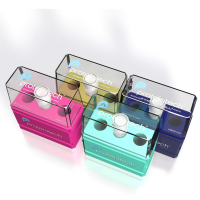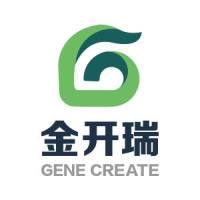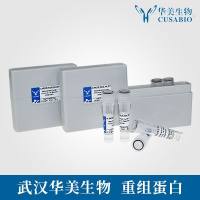Of all the organdies in rat hepatocytes, the nucleus is the largest and the most dense. It is therefore relatively easy to isolate in high purity and high yield. The majority of methods (1 ,2 ) involve the homogenization of the liver in isoosmotic sucrose followed by differential centrifugation and isopycnic purification through a sucrose density barrier. Because of their high density (>1.30 g/cm3 ), the sucrose density barrier concentration is about 2.25M or 60% (w/w) and, consequently, very hyperosmotic. This is one of the disadvantages of the method in that the nuclei collapse significantly during their passage through the sucrose barrier. They are subsequently resuspended in an isoosmotic medium in which they swell. The hydration of the DNA within the nucleus therefore changes during the purification process. Moreover, the high viscosity of the barrier causes a considerable reduction in the rate of sedimentation of the nuclei, which is the reason for the use of high relative centrifugal forces (rcf) (normally 100,000g ). Furthermore, high viscosity sucrose solutions are difficult to prepare and measure out accurately.






